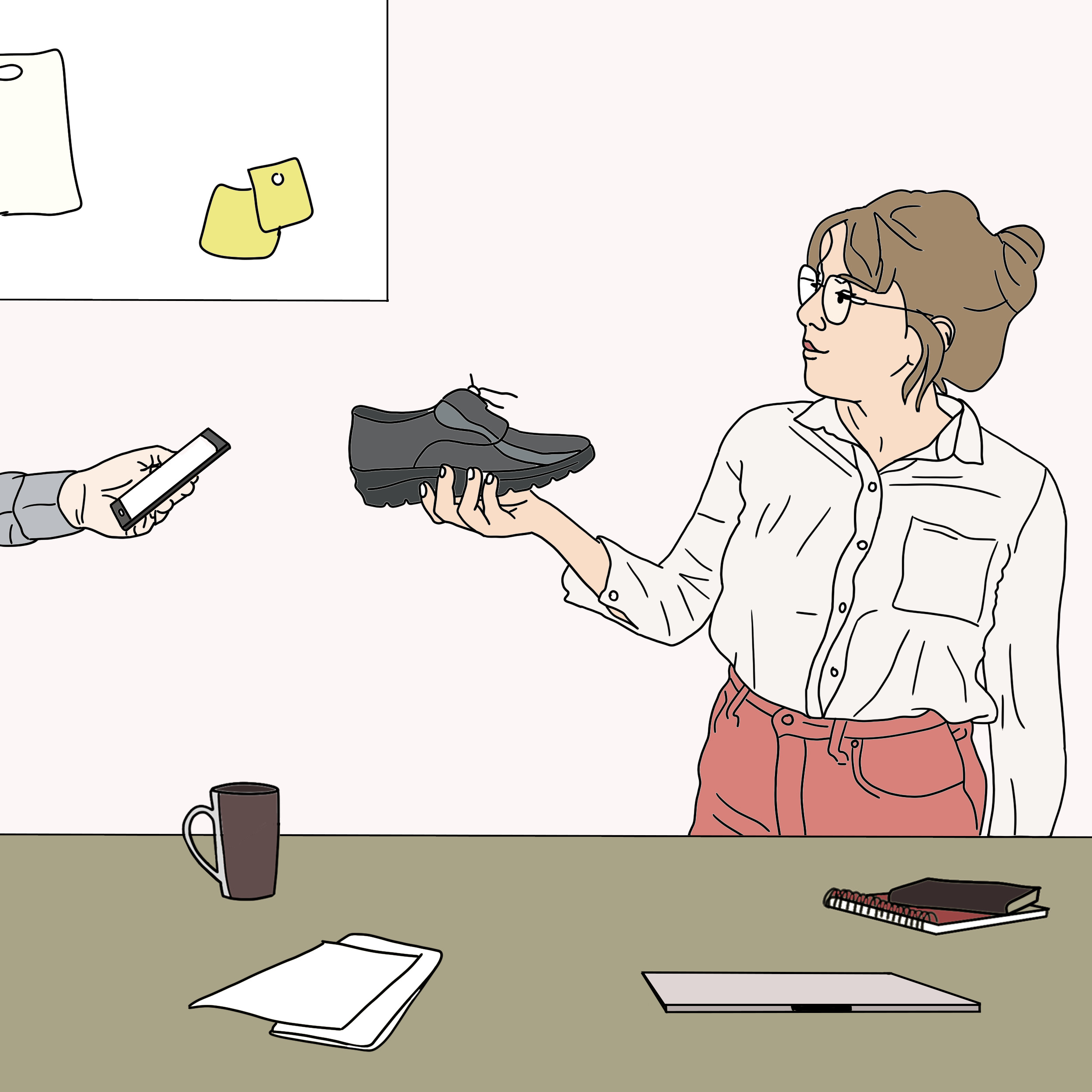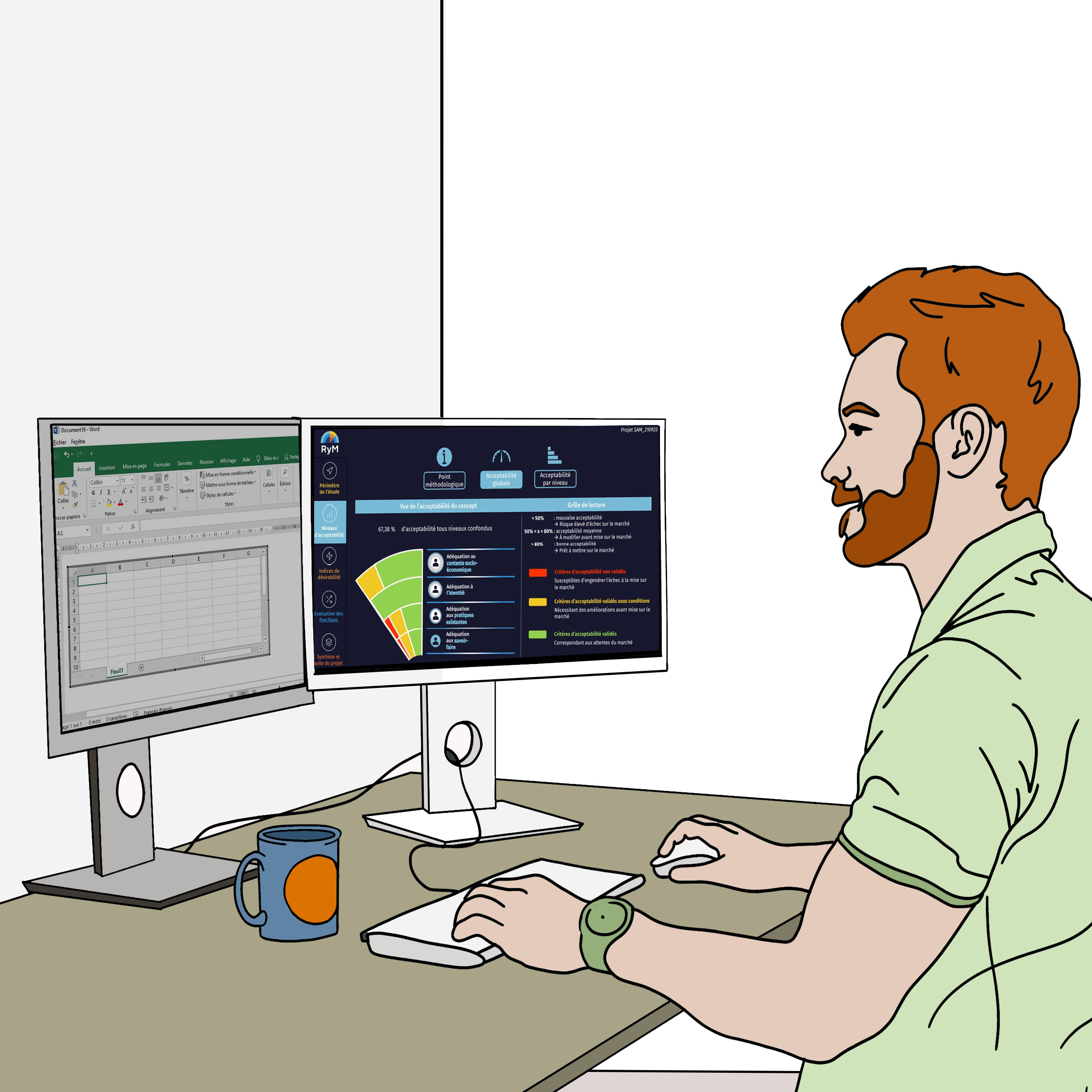5 good reasons to trust user feedback in an innovation project

Author: Estelle Gollety
User Market Research - Ixiade
User Study l Reading time: 6 min
1. Taking into account the uses is essential to create a meaningful innovation

2. Poor user apprehension is the first factor of failure in innovation
- An mauvaise définition du produit / service, due to the lack of inclusion of users in the process, incomplete feasibility analyses or the lack of consideration of regulations and standards
- An connaissance insuffisante de l’utilisateur et des usages, which can lead to the design of a product that is completely out of line with real uses or to poor estimate of the cost / benefit ratio for users.
- An erreur de ciblage dans le développement, which can be an obstacle to overcoming Moore's chasm, which means the difficulty of leaving a minority of receptive targets (innovators, early adopters), which give a misleading impression of success and which do not represent the majority of consumers who, in turn, condition success on the market.
3. Users determine the speed of diffusion of innovations in the market
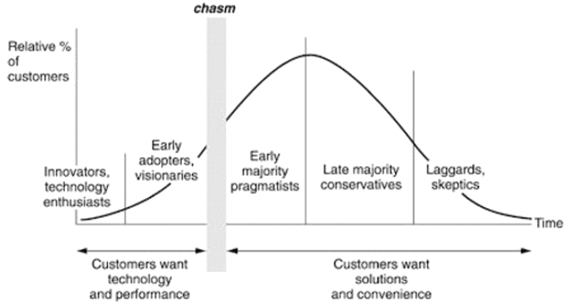
4. Users are the best position to evaluate innovations intended for use by them
5. Strong image is based on the user's experience
The fact of soliciting users to share their opinions on a given innovation shows that real importance is given to what they thinkAdditionally, including future users early in the innovation process, for example when developing new offerings, allows to create strong and sustainable relationships. By giving them value, by giving them a voice in the decision-making process, future users will feel listened to and develop a sense of attachment to the brand, the product or the company at an early stage. It is also a way to gain potential future ambassadors who, through word of mouth, will communicate the image of a trusted company, concerned about its users and their experience.
If user feedback has been taken into account in the innovation process, the experience they will have with the new product or service once it is on the market will be fully satisfactory and in line with their expectations and needs. And we know that a successful experience is the key to conveying a strong and positive image..




![RyM – NOS SERVICES EN HISTOIRE [EPISODE 1]](https://www.reach-your-market.com/wp-content/uploads/2022/06/histoire-1.png)





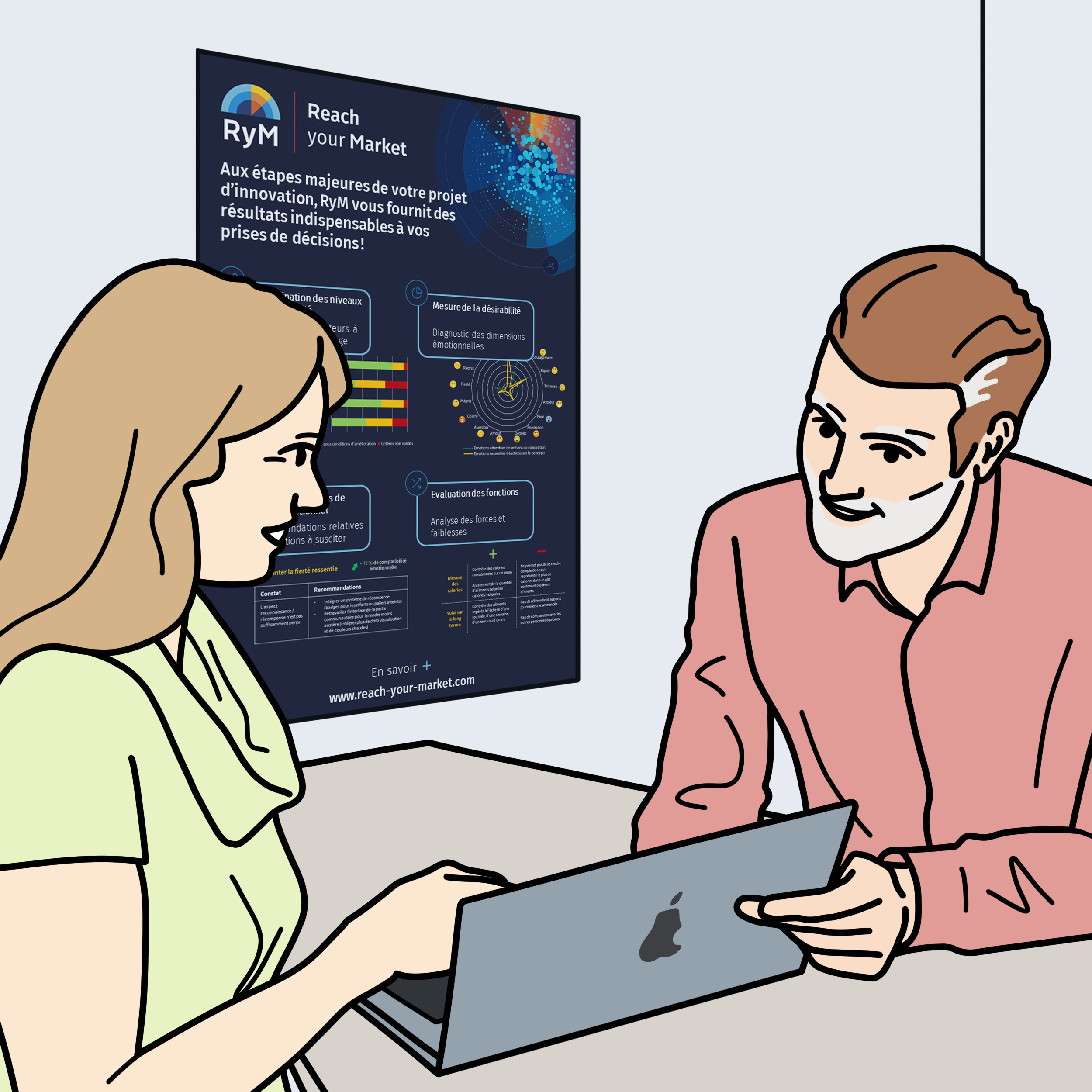



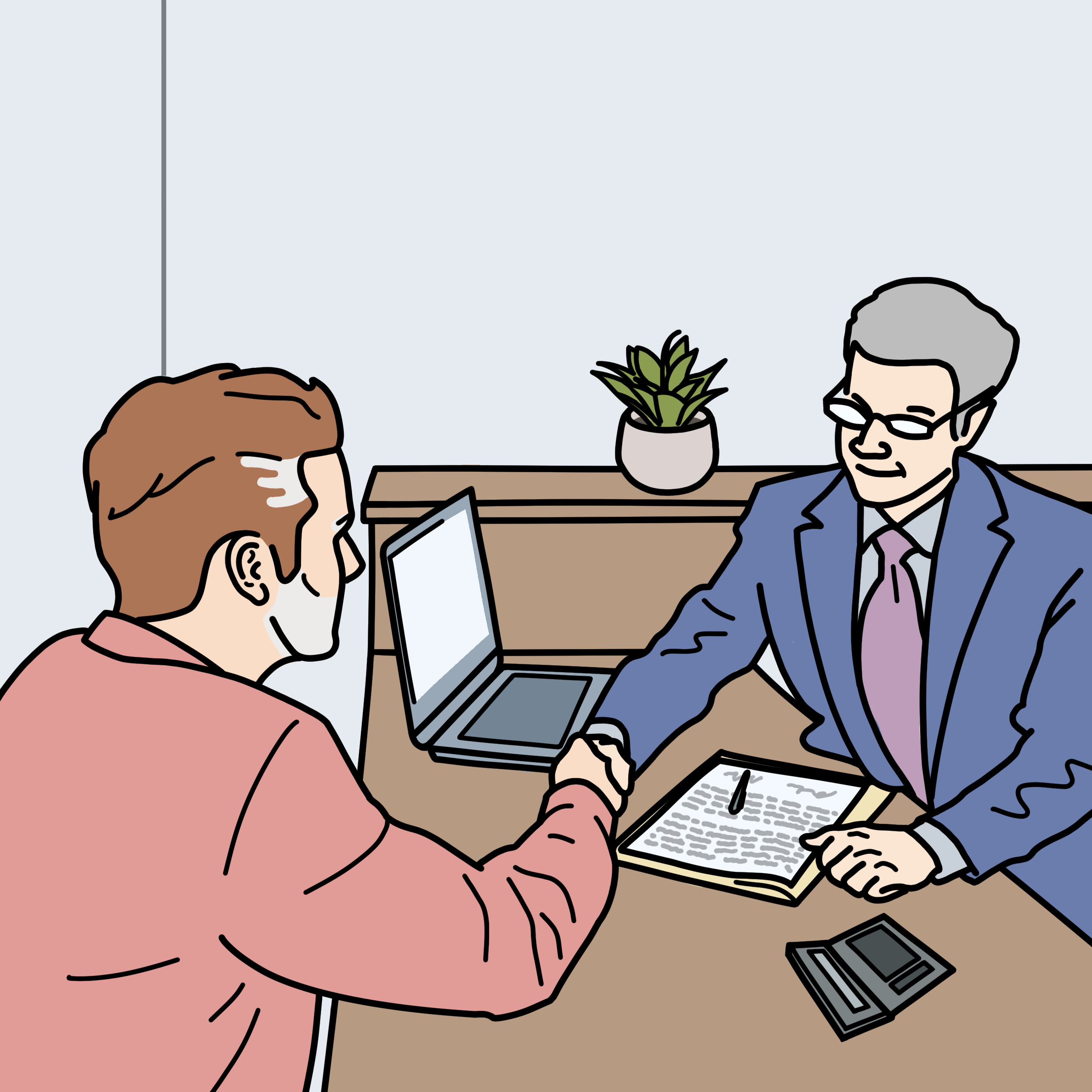
![RyM – NOS SERVICES EN HISTOIRE [EPISODE 2]](https://www.reach-your-market.com/wp-content/uploads/2022/06/histoire-2.png)



